The family, our roots
At Tenuta Giol estate, generations have been handing down experience, tradition and wine-making culture since 1427. The evocative production areas have always been linked to the majestic Venetian Villa, built on the remains of a defensive stronghold and then inhabited by families of Venetian patricians, who over the centuries commissioned extensions and modifications, until it took on its current distinctive English Neo-Gothic style.
Origins
The Patriarchate of Aquileia had a stronghold built in San Polo di Piave for defence purposes: since then, the name ‘Castle’ has been linked to this site for centuries.
After the wars against Sigismund of Hungary were over, the Republic of Venice repaid the war merits of Captain General Nicolò Mauruzzi da Tolentino with the enjoyment of the fief of San Polo di Piave (including the Farm and the Castelletto).
The Doge Francesco Foscari assigns in usufruct to Cristoforo di Nicolò da Tolentino and his male heirs the state lands bound to the patriarchal fief of San Polo with San Giorgio.
The lands of San Polo di Piave are acquired by the Papadopoli Counts.
Spiridione Papadopoli entrusts Francesco Bagnara with the project of building a new palace surrounded by a romantic English-style park of over 12 hectares.
Count Nicolò Papadopoli commissions Gian Battista Ferrante to expand the Castle in an English-inspired Neo-Gothic style.
At the end of the war, Giovanni Giol buys the entire San Polo di Piave estate and undertakes restoration work after the damage suffered.
Azienda Agricola Giol converts its entire wine production to organic farming.
Vittorio Carraro Giol takes over the running of the estate.
Additives of animal origin are no longer used in the various wine-making stages.
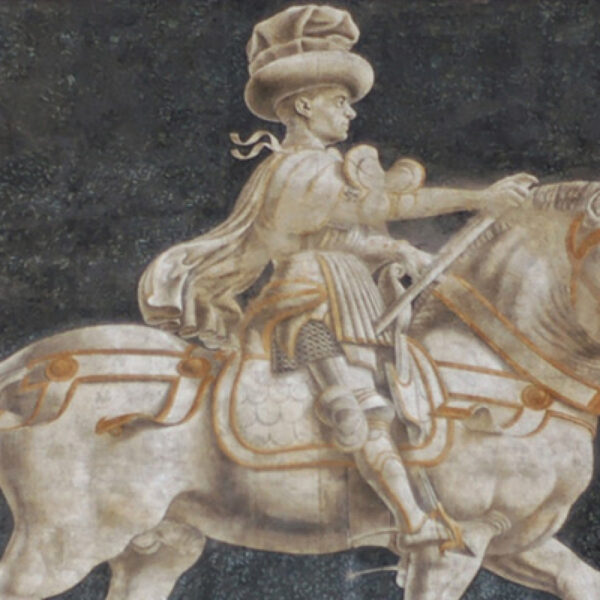
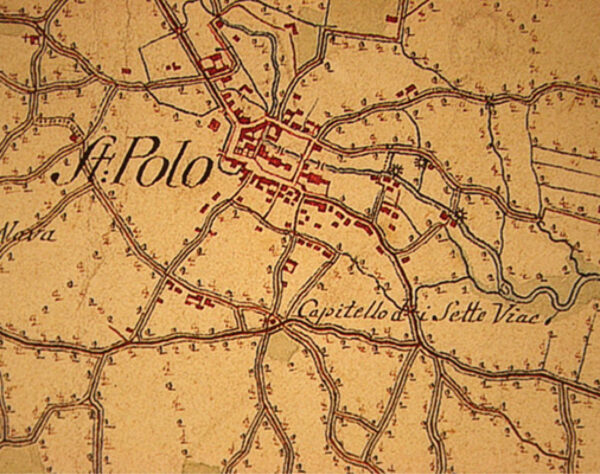

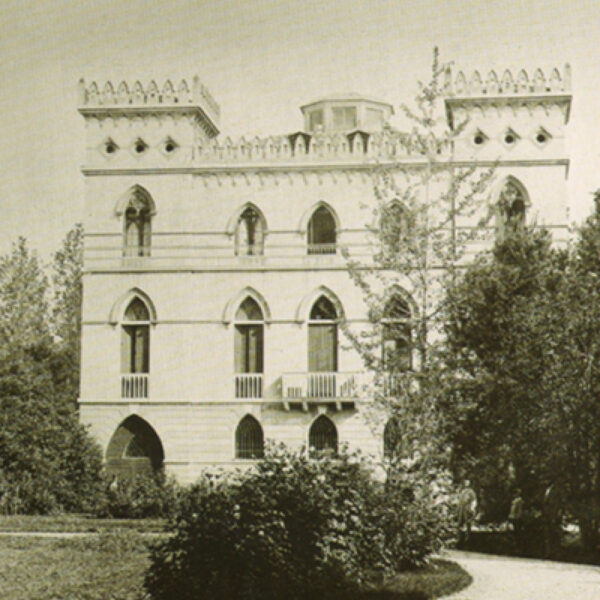


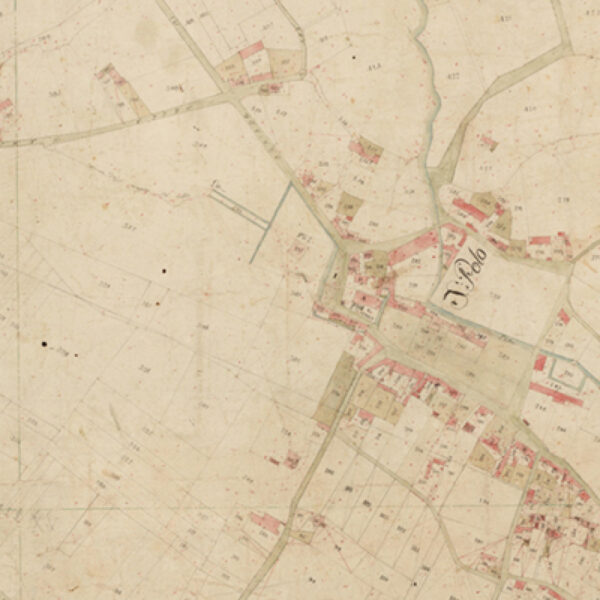
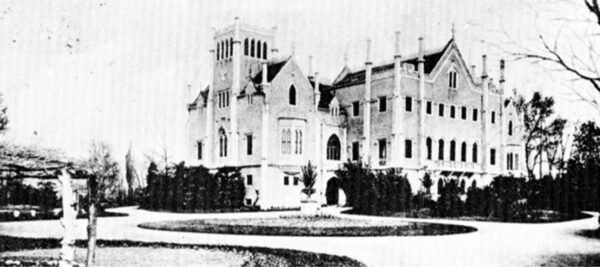
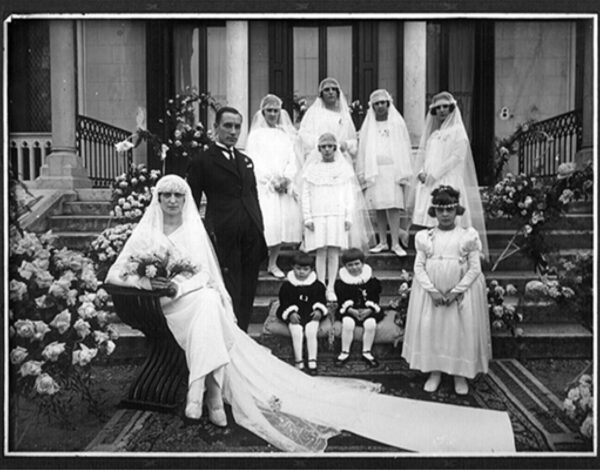
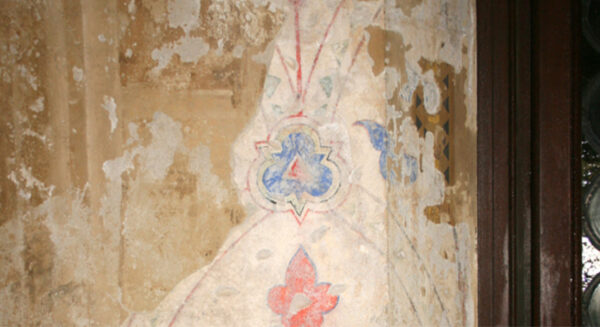
Giovanni Giol
Giovanni Giol, born in 1866 in Vigonovo di Fontanafredda (Pordenone), emigrated to Argentina in 1887 to the province of Mendoza. There he met Gargantini, also an emigrant, and in 1896 they decided to join forces, establishing ‘Giol y Gargantini‘, a wine company: in just 13 years they reached 420,000 hl of production. The various estates spread over 8,850 ha of land and the wine production was collected in large cellars connected by overhead ‘wine pipelines’. Today, the company’s headquarters houses the National Wine and Grape Harvest Museum of Argentina.
In March 1919 Giovanni Giol seized the right moment to purchase from Count Nicolò Papadopoli the entire San Polo estate including the Castle, chosen as the family home, together with 80 farmhouses. In the following years, the property was further extended to cover most of the municipalities of San Polo di Piave, Ormelle, Mareno di Piave and Cimadolmo. All the buildings acquired, severely damaged by the devastation of the fighting, were completely renovated.
Giol built the largest farming estate in the Province of Treviso between the two wars (3,000 ha, 200 sharecropping families and 5,000 people employed between San Polo, Ormelle, Mareno, Cimadolmo, Colfrancui, Rai and Vazzola) with its administrative headquarters in San Polo.
In 1927, he also had a silk factory built in San Polo that employed 350 workers, dedicated to the drying and transformation of cocoons, producing 100 kg of excellent silk per day that took the name Friulana.
The Giol family today
Vittorio Carraro Giol still lives on the estate and oversees it with great commitment and gratitude. His mother Luisa, Giovanni’s niece, continues to visit these places where she spent her childhood. Vittorio’s children are growing up with a very close bond with this environment.
When Vittorio took over the business in 1998, he continued to renew the equipment in the vineyards and cellar; he vinified the grapes from the historic estates using organic farming techniques, respectful of the environment and raw materials, producing organic and vegan wines and a range without added sulphites. The decision to produce wines without animal additives (commonly used in some stages of winemaking) and without the use of sulphites did indeed seem like a very difficult challenge, but it turned out to be ahead of the curve in terms of issues that are now widely shared. These choices are distinctive of our production and the pride of our team.
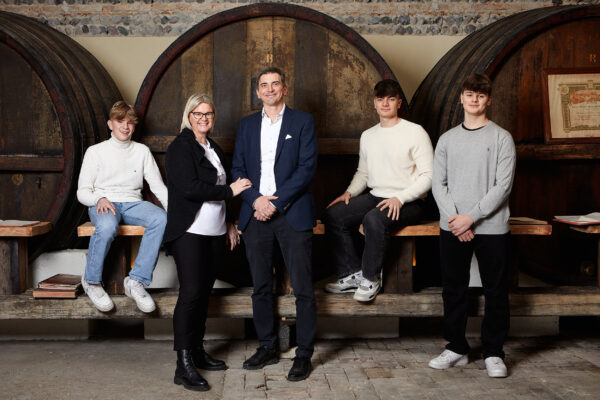
The team

Claudia Schiavon
Winery

Francesco Feletto
Winery

Simonetta Granzotto
Winery

Mariarosa Tarzariol
Winery

Etmira Kukuja
Winery
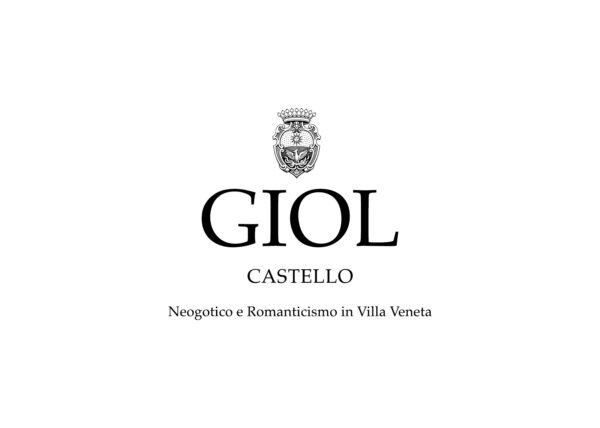
Ecaterina Olaru
Castle

Stefano Paladin
Winery

Elena Favero
Castle

Ilaria Boscaratto
Winery

Teo Simonella
Winery
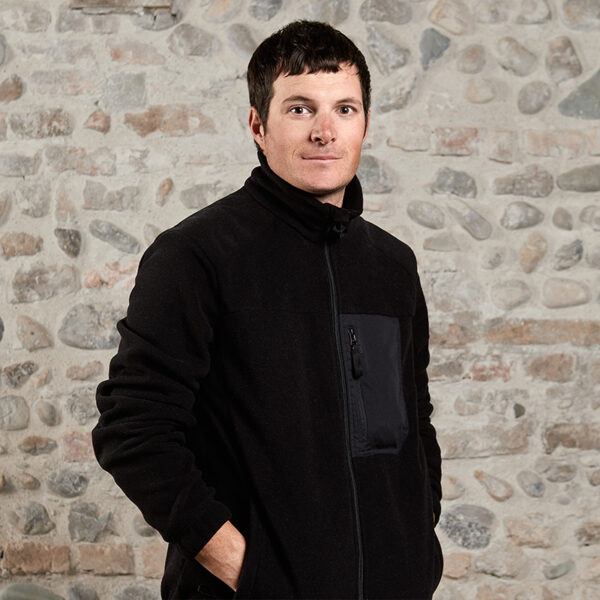
Armando Giacomin
Winery

Aurora Canello
Castle

Andrea Canal
Winery
